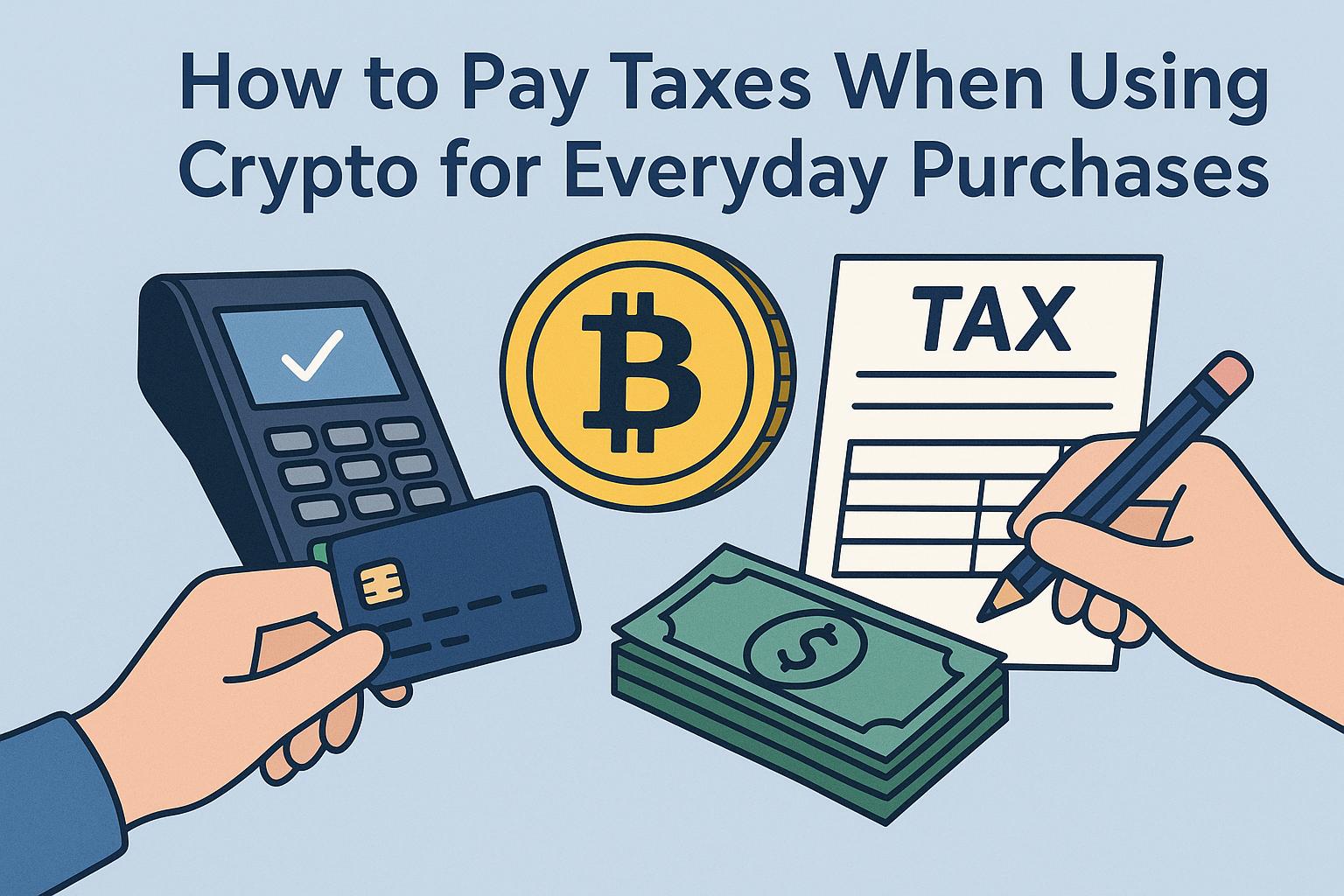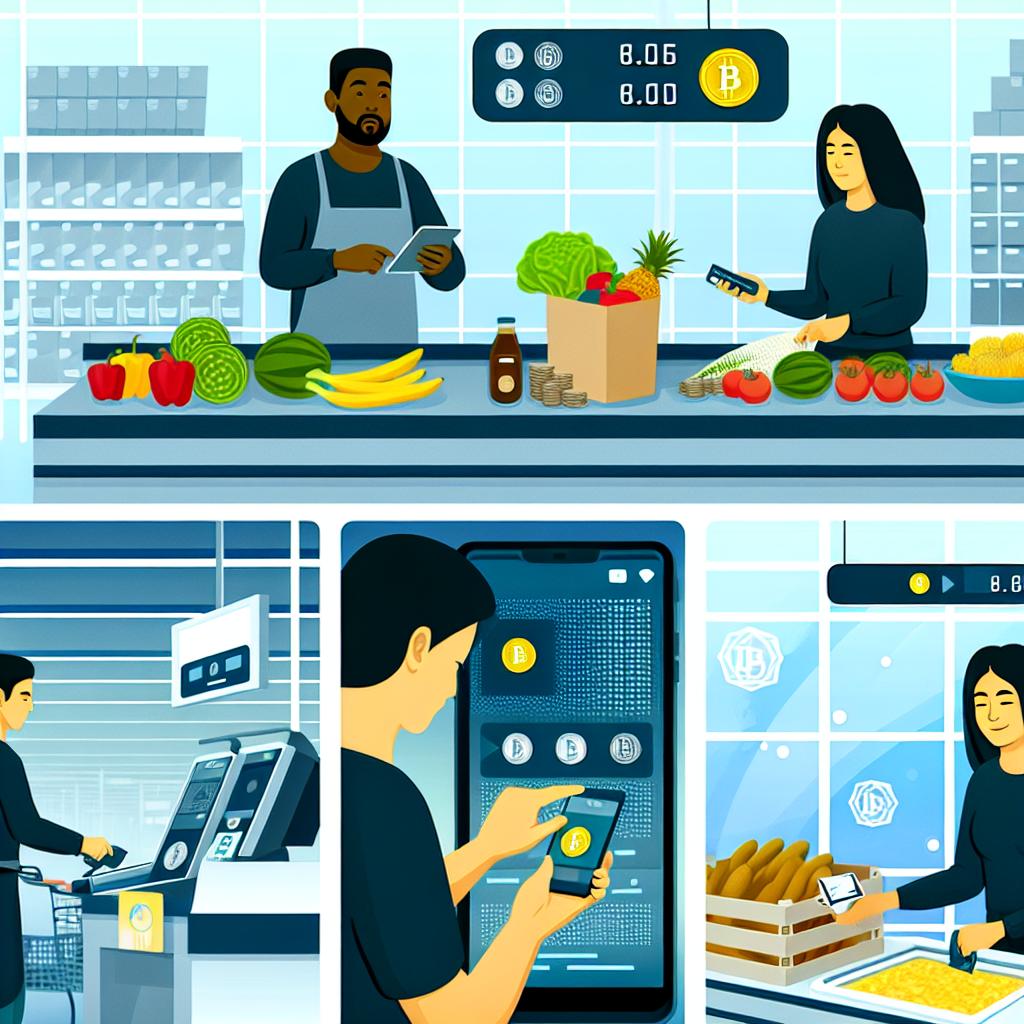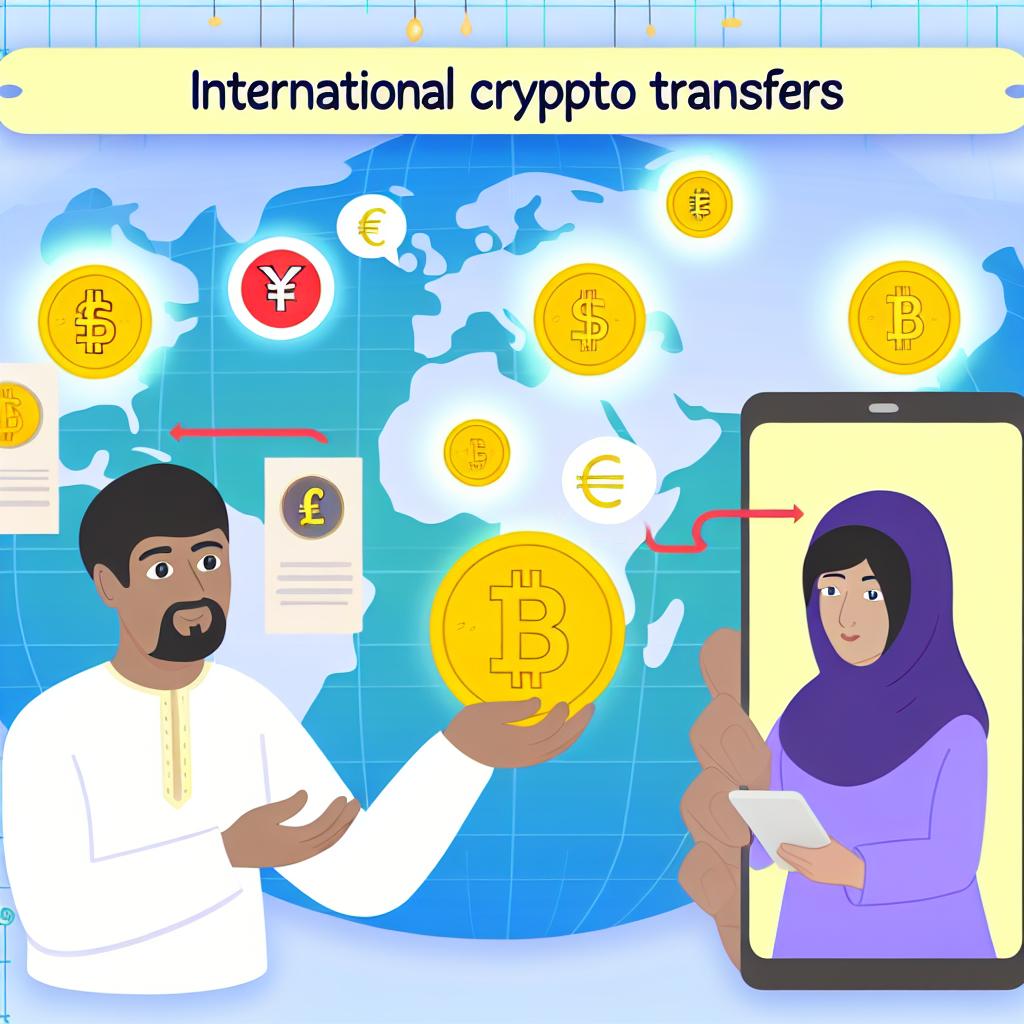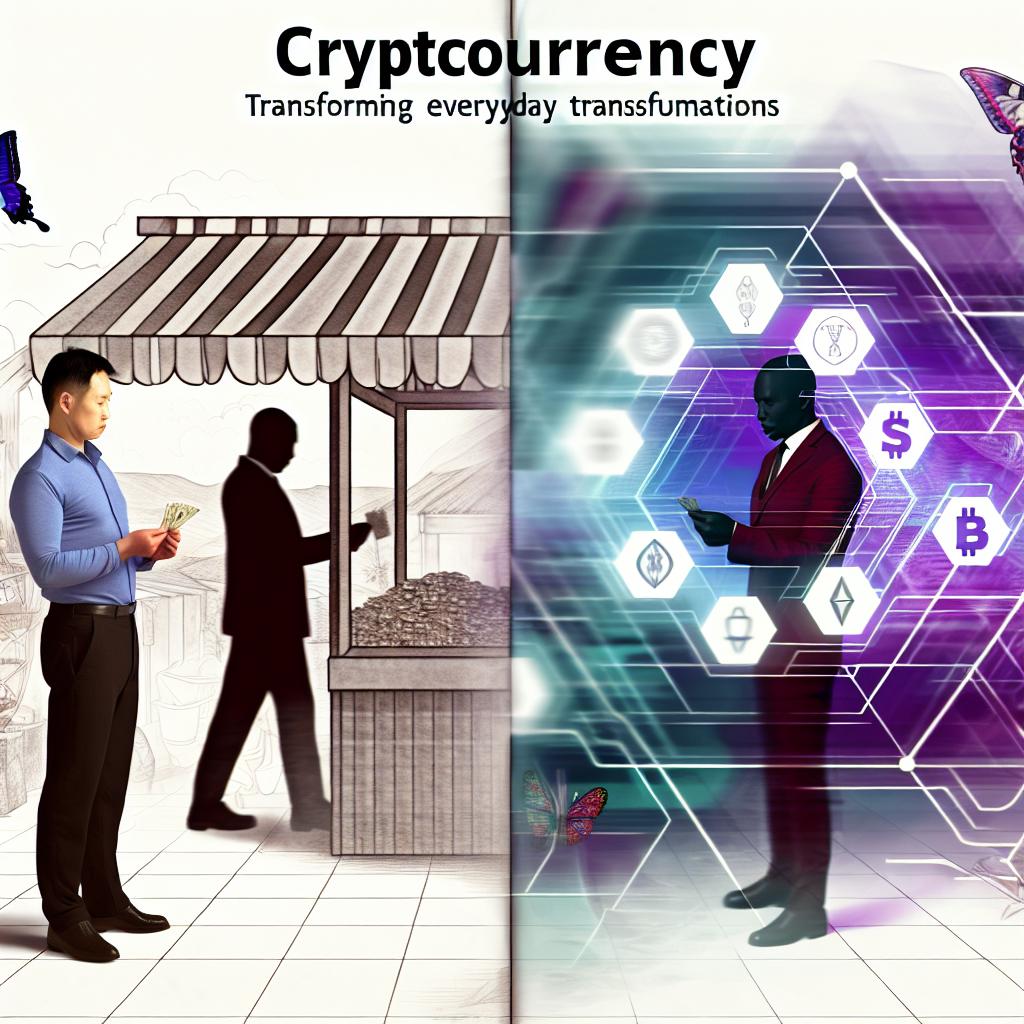The Potential of Cryptocurrency in Promoting Financial Inclusion
Cryptocurrency has emerged as a transformative force in the financial sector, particularly for the unbanked population. According to the World Bank, around 1.7 billion adults worldwide remain without an account at a financial institution or through a mobile money provider. This lack of access to traditional banking services poses significant challenges to economic development and personal financial security.
Understanding the Unbanked Population
The term “unbanked” refers to individuals who do not have access to basic financial services such as savings accounts, credit, or payment systems. Several factors contribute to this, including geographical isolation, lack of identification, insufficient financial literacy, and distrust in banking institutions.
Geographical Barriers
In many regions, especially in developing countries, physical bank branches are scarce or non-existent. This makes traditional banking services inaccessible for populations living in remote or rural areas. For these residents, traveling to bank branches might involve significant time and cost, discouraging them from using banking services.
Lack of Identification
Many individuals in developing areas lack official identification, a necessary requirement for opening bank accounts. This barrier prevents them from accessing formal financial services. In some cultures, prevalent issues in obtaining identification documents are rooted in bureaucracy or lack of registration infrastructure, making it difficult for residents, particularly those in rural communities, to gain identification.
How Cryptocurrency Can Help
Cryptocurrency presents a potential solution by offering access to financial services without needing a traditional bank account. Here are the ways crypto can play a pivotal role:
Decentralization
Cryptocurrencies operate on decentralized networks, which means they are not controlled by any single entity. This decentralization allows individuals to interact directly with each other, eliminating the need for intermediaries, banks, or other financial institutions. By removing these middlemen, the financial processes become more accessible and transparent.
Accessibility
With just a smartphone and an internet connection, individuals can participate in the crypto economy. Mobile phone penetration is higher than bank account ownership in many developing countries, making crypto a viable alternative for financial inclusion. As the gap between mobile penetration and banking services widens, cryptocurrencies can leverage this accessibility to reach those who are otherwise financially excluded.
Lower Transaction Costs
Traditional banking often involves high fees for transfers and currency conversion, which can be prohibitive for low-income individuals. Cryptocurrencies typically offer lower fee structures, making them more accessible for small transactions. This characteristic is particularly beneficial for individuals who rely on remittances or need lower-income banking solutions.
Innovative Financial Products
The rise of decentralized finance (DeFi) platforms provides innovative financial products and services such as savings, loans, and insurance, often without requiring extensive documentation or a credit history. These platforms are reshaping access to financial services by making them more accessible, flexible, and adaptive to the needs of users who have historically been excluded from traditional financial products.
Challenges to Overcome
Despite its potential, integrating cryptocurrency into the lives of the unbanked is not without challenges.
Volatility
Cryptocurrencies are known for their price volatility. This can be a barrier for everyday use by unbanked populations seeking stable value storage. For financial inclusion to work effectively using cryptocurrencies, mechanisms to manage this volatility, such as stablecoins pegged to more stable assets, must be considered.
Regulatory Issues
Different countries have varying regulations regarding cryptocurrency, which can affect its accessibility and usability. In some regions, restrictive regulations or outright bans may prevent the use of cryptocurrencies. Navigating these regulations is critical to ensuring secure and legitimate use of cryptocurrencies in providing financial services to the unbanked.
Technical Literacy
A basic understanding of blockchain technology and financial management is required to effectively use and secure cryptocurrency, which may not be readily available to all unbanked individuals. Educational initiatives and resources for improving technical literacy could empower these populations to engage with the digital economy more safely and effectively.
Conclusion
While cryptocurrencies offer promising solutions for financial inclusion, achieving this potential requires addressing these challenges. Collaboration between technology providers, governments, and communities is essential to foster a conducive environment for crypto adoption among the unbanked. Such collaboration should focus on education, infrastructural development, and creating a stable regulatory environment. If these measures are effectively implemented, cryptocurrencies could significantly advance financial inclusion, offering new opportunities for economic participation and growth. For more information on developments in this area, visit Coindesk and Cointelegraph.
This article was last updated on: July 17, 2025







